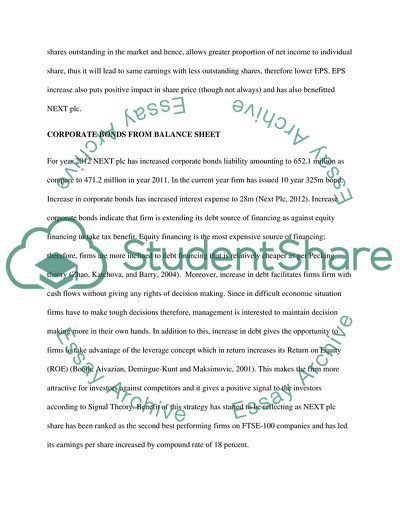Cite this document
(Financial Statement Analysis of Next PLC Assignment Example | Topics and Well Written Essays - 1750 words - 7, n.d.)
Financial Statement Analysis of Next PLC Assignment Example | Topics and Well Written Essays - 1750 words - 7. https://studentshare.org/finance-accounting/1786685-finance
Financial Statement Analysis of Next PLC Assignment Example | Topics and Well Written Essays - 1750 words - 7. https://studentshare.org/finance-accounting/1786685-finance
(Financial Statement Analysis of Next PLC Assignment Example | Topics and Well Written Essays - 1750 Words - 7)
Financial Statement Analysis of Next PLC Assignment Example | Topics and Well Written Essays - 1750 Words - 7. https://studentshare.org/finance-accounting/1786685-finance.
Financial Statement Analysis of Next PLC Assignment Example | Topics and Well Written Essays - 1750 Words - 7. https://studentshare.org/finance-accounting/1786685-finance.
“Financial Statement Analysis of Next PLC Assignment Example | Topics and Well Written Essays - 1750 Words - 7”. https://studentshare.org/finance-accounting/1786685-finance.


